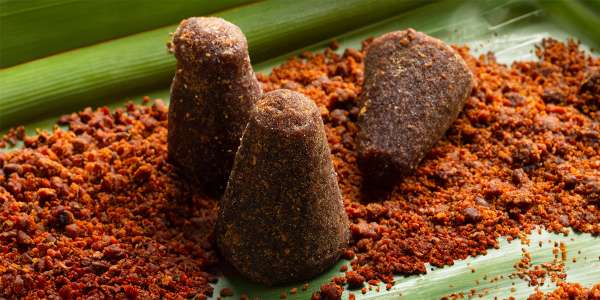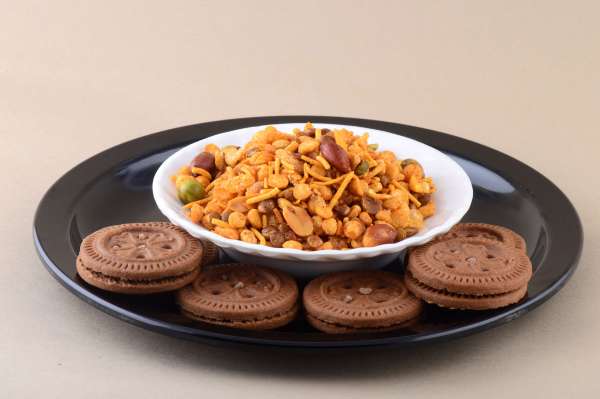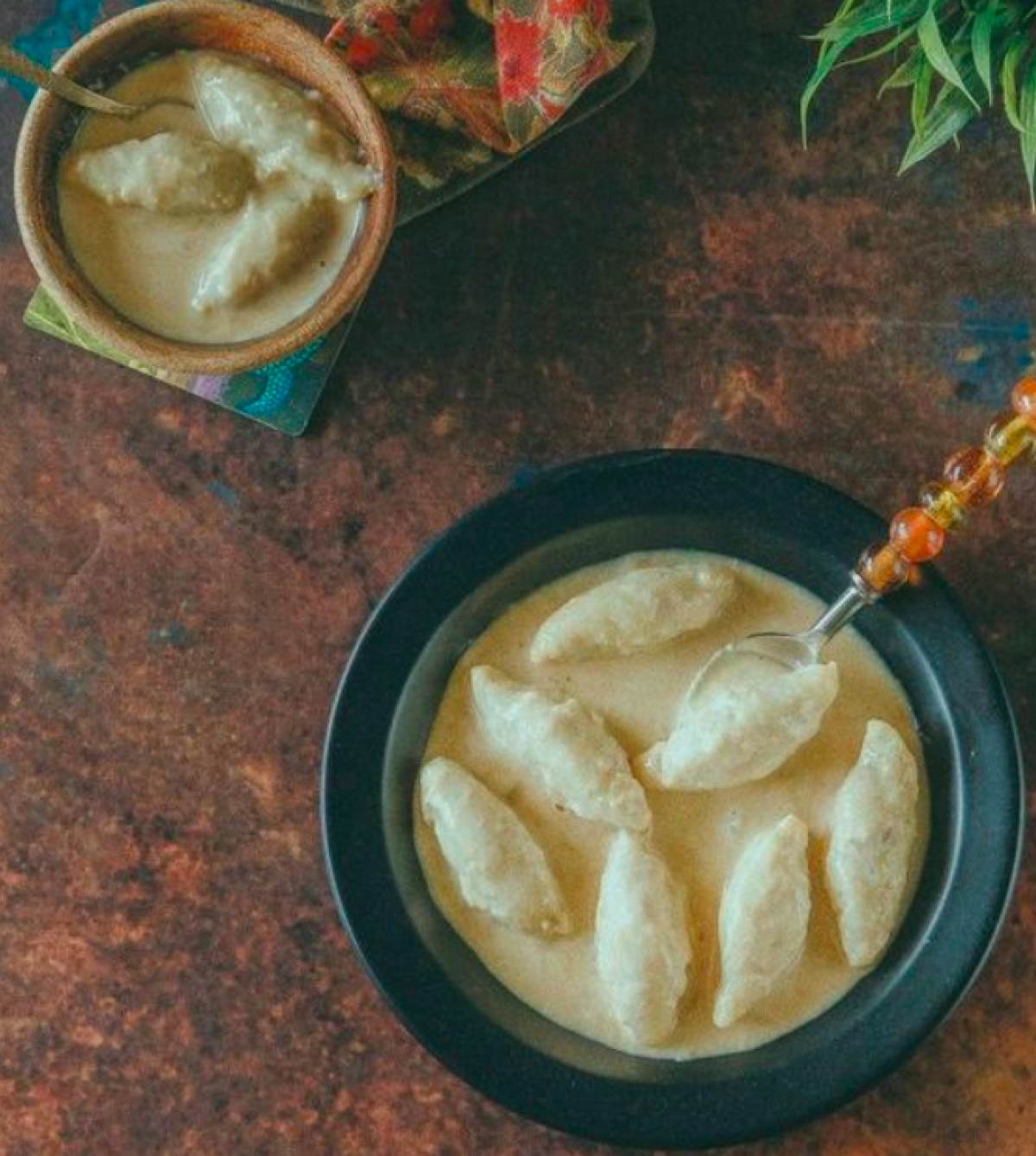
Bengali pithe recipes you have to try at least once
Bengali pithe recipes to cherish in the winters

Makar Sankranti, the festival of kite-flying in India, is called Poush Sankranti in Bengal and is an especially joyous time of the year. On the occasion of Poush Sankranti, the age-old tradition of preparing pithes in every household reflects Bengal’s love affair with sweets.
Sweet or savoury, fried or steamed, pithe usually refers to dishes featuring a dough or batter. These are made using freshly harvested date palm jaggery, traditionally known as nolen gur and coconut shavings in a variety of interesting combinations!
And as Bengal celebrates another year of winter harvest, let’s take a look at some pithe recipes you could try this Makar Sankranti!
Gokul pithe
Courtesy: Nilanjan Sasmal
Traditionally, this is made using grated coconut and khoya. While khoya gives them a rich flavour, coconut adds a chewy texture. In a non-stick pan, add khoya, scraped coconut and jaggery and keep stirring for a good 20 minutes, or until you have a smooth mixture. Now, mould a few round balls from the mixture and keep them aside. In a separate utensil, take some flour, water and ghee and mix them properly to form a smooth batter. Now, dip the balls kept aside in the batter such that they’re fully coated with, and deep fry them in Godrej Veg Oils. Once done, dip them in the sugar syrup or soak them for a few minutes, and you’re done!
Soru chakli
Courtesy: trek2life
Soak some urad dal and rice in water overnight. Grind each into a paste and mix them. To this add some Godrej Jersey Ghee, fennel seeds (saunf) and salt. Add some water too to ensure a thin consistency.
Now, lather the pan with ghee and drop a big spoonful of the batter onto it. Reduce the heat, cover the pan and let the pithe cook for a few minutes. Once cooked, you can serve this with nolen gur.
Patishapta
Courtesy: Sukanya Routh
In a pan take some ghee, and add grated coconut to it. Now, add some jaggery, followed by mawa and stir the ingredients properly. Once done, mould the mixture into thin cylindrical shapes and keep it aside.
Now, similar to chakli, this dish also involves the use of crepès. For that, in a bowl, take some flour (maida), rice flour, rawa, sugar powder and mix well. Now slowly add the milk and whisk the mixture to make sure there are no lumps. Mix the batter for a while to get the perfect thin consistency. Let this mixture rest for an hour. Post that, spread the batter onto a pan lathered with ghee. Once it starts to cook, place the coconut-jaggery mixture on one side of the crepè. Now, take a spatula and carefully roll the crepè along with the filling till the latter is completely covered. Enjoy your patishapta with a steaming hot cup of chai!
Dudh puli
Courtesy: Mukherjee Soumi
This decadent and delicious sweet dish is a famous Bengali milk-based payesh prepared by slow-cooking milk with puli (Gobindobhog rice flour dumplings) stuffed with cooked coconut. To make it, in a pan add some ghee, followed by grated coconut, jaggery, and mawa (you can also replace this with chena). Mix the ingredients well till you have a smooth mixture. This would be the filling for the puli. Now, add some rice flour and rawa into a bowl and mix well. To that add some water and knead a thick dough. Take a piece of the dough and roll it into a small thin circle. To one side of it, add the filling and press the other side over it. Seal the edges properly.
Now, in a large wok add milk and some water. Stir the milk for a few minutes, after which add the pulis. Finally, add some more jaggery and powdered sugar to the milk. The milk will eventually thicken after a few more stirs, thereby giving the dish the creamy texture it is famous for.
Switch off the heat and enjoy your creamy and delicious dudh puli!
Have you tried any of these pithe recipes before? Tell us in the comments section below.
Tags
0 Comment
You may also like
-

Features The most craved TV food that sparked global cravings
by Vikhroli Cucina
-

Features The Culinarian's Take: The ultimate holiday wine picking guide with Sula Vineyards
by Vikhroli Cucina
-

Features How India eats when the weather turns cold
by Vikhroli Cucina
-

Features What Indian childhood memories taste like…
by Vikhroli Cucina

